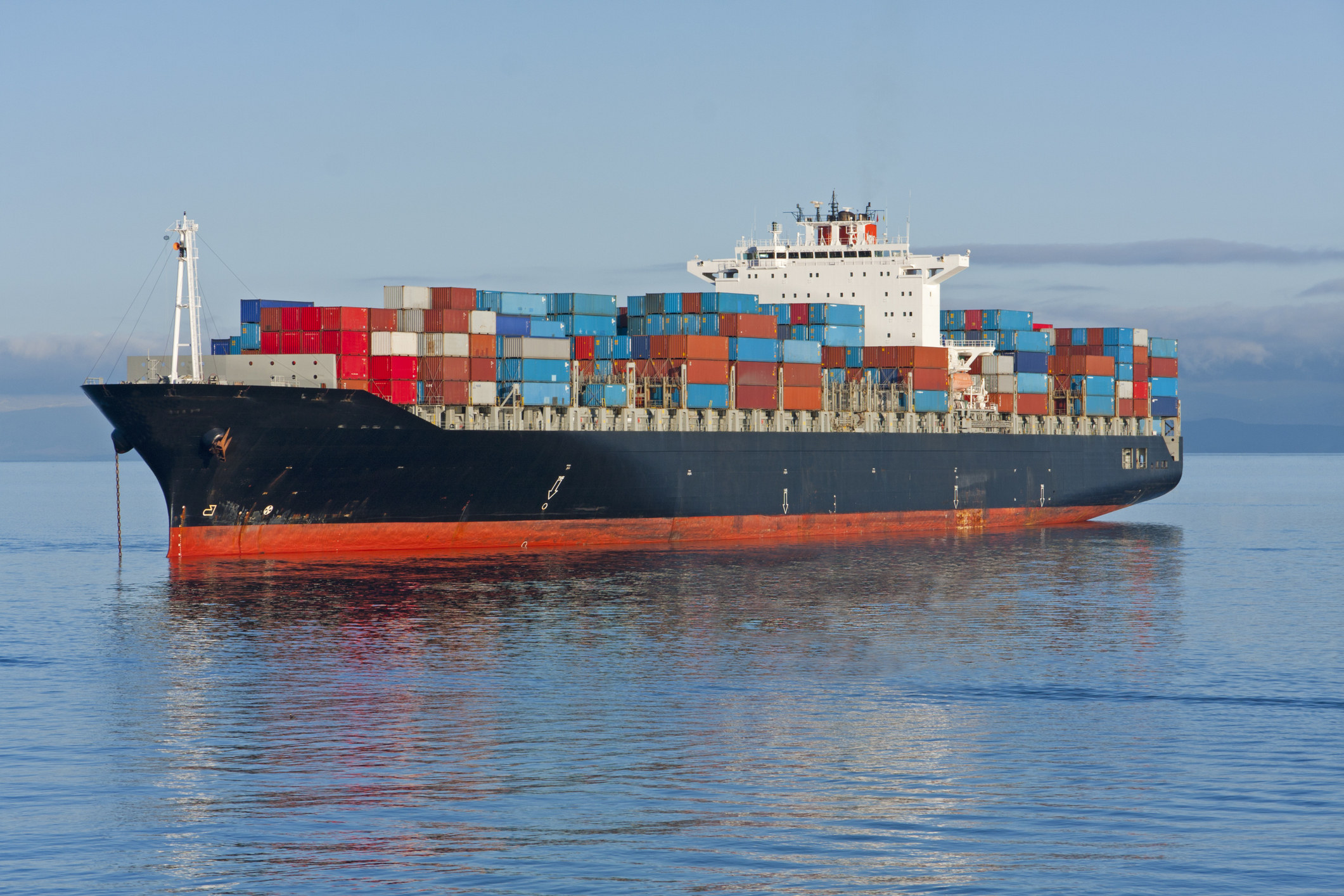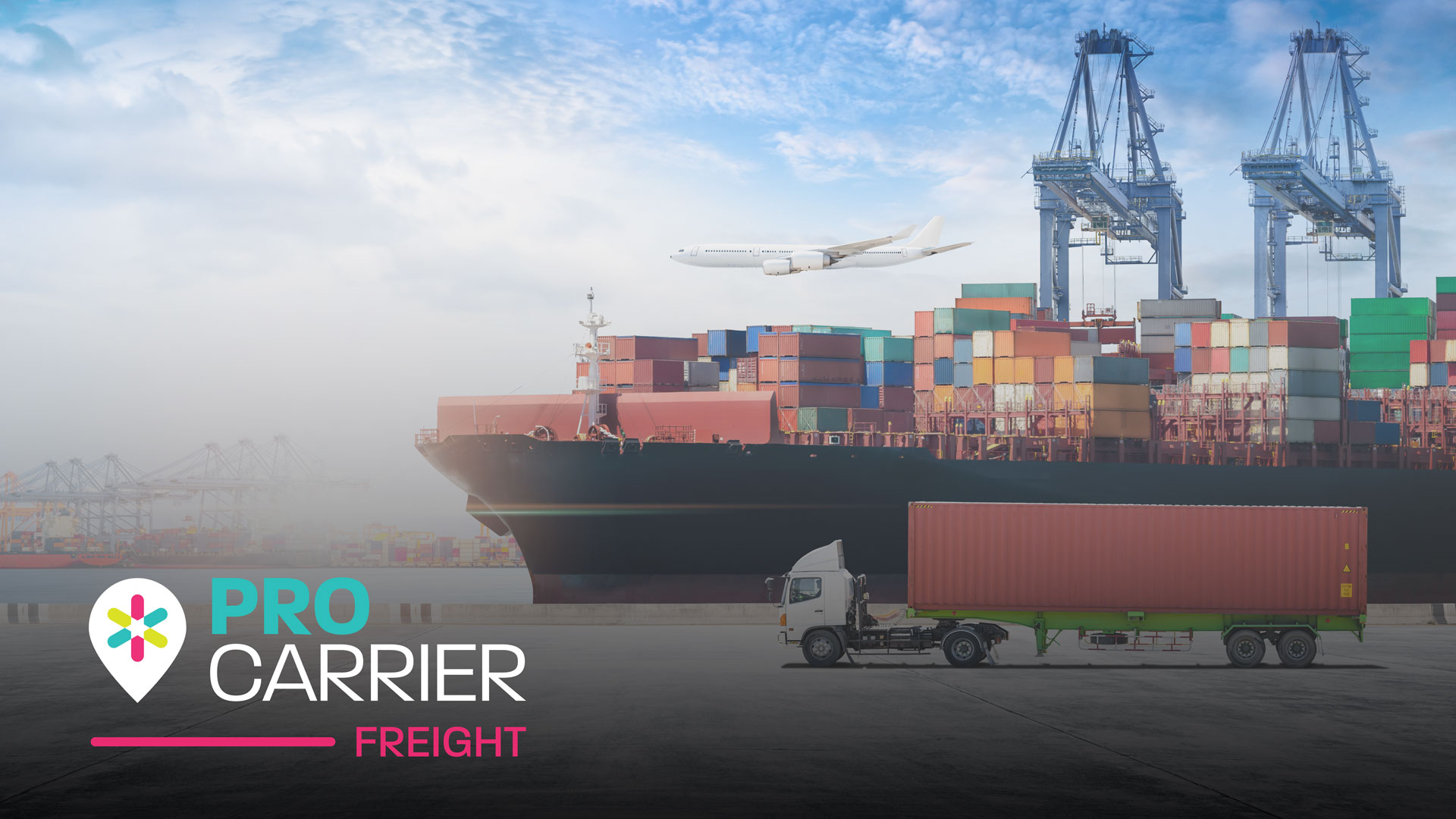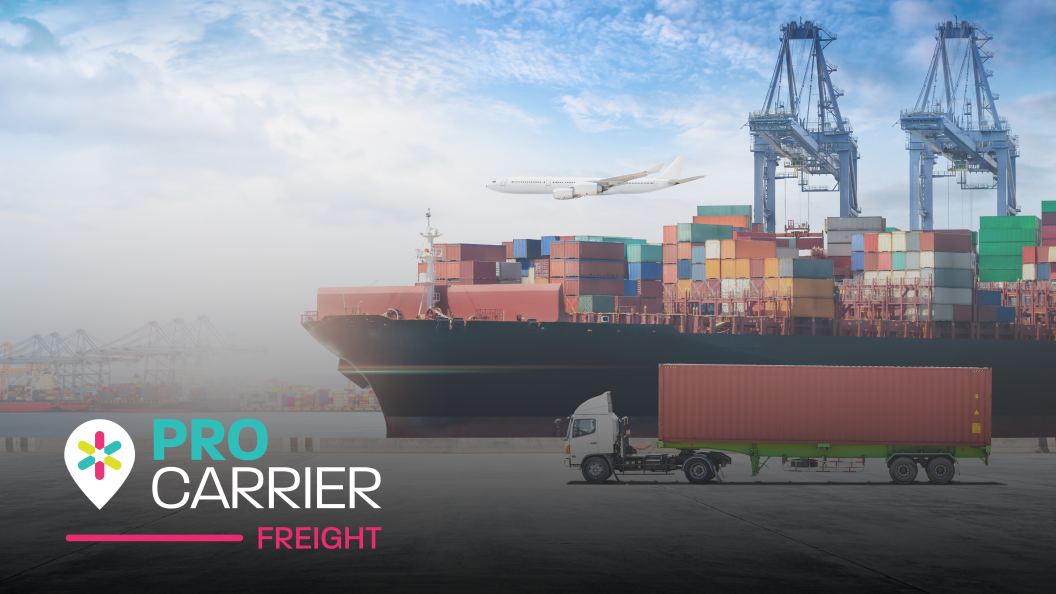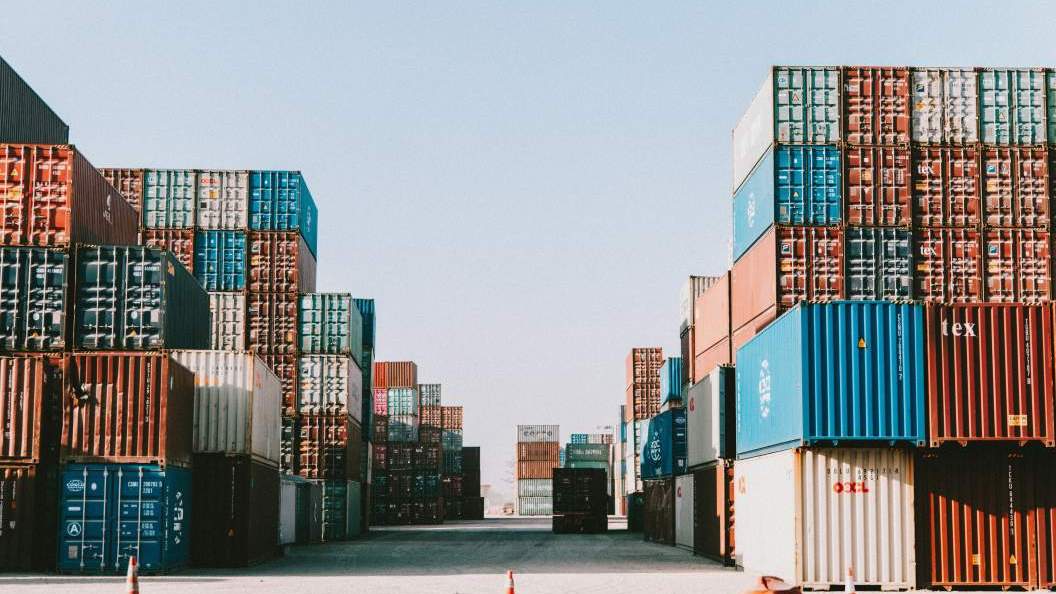Table of contents
Topic of the week: Maghreb Ports Gain Momentum
The Maghreb region is undergoing a dynamic transformation in port infrastructure, driven by surging demand for container shipping and international trade. Strategic investments across North Africa are reshaping the region’s logistics landscape, positioning it as a rising hub for global maritime commerce.
Morocco continues to lead the charge with record-breaking performance at its flagship port, Tanger Med. In 2024, the port handled an impressive 10.24 million TEU, marking an 18% year-on-year increase. APM Terminals has completed a 2 million TEU expansion at MedPort Tangier, boosting the terminal’s overall capacity to 5.2 million TEU. Meanwhile, development at Nador West Med Port is gaining momentum. Marsa Maroc and Nador West Med Port have signed a 25-year concession agreement for the Eastern Container Terminal, with CMA CGM entering a joint venture to operate half of the terminal through a 49% stake—highlighting growing investor confidence in Morocco’s long-term trade potential.
Algeria’s El Hamdania port project, long delayed, has been reconfigured to attract new investment. CMA CGM has emerged as the principal candidate to lead the revitalised development, signalling renewed interest in unlocking Algeria’s maritime capabilities and integrating it more deeply into regional trade flows.
Egypt is also experiencing significant growth in its port sector. The Damietta Alliance Container Terminal (DACT) recently received its final shipment of five ship-to-shore cranes, marking a major milestone in its operational readiness. APM Terminals has completed a substantial expansion of the Suez Canal Container Terminal (SCCT), adding 955 metres of quay and over 500,000 square metres of yard space. In a landmark move, Red Sea Container Terminals (RSCT) is preparing to launch Egypt’s first fully automated container terminal, setting a new benchmark for smart port operations in the region.
Elsewhere in the Maghreb, Syria is seeing renewed port activity with CMA CGM fast-tracking the second phase of the Latakia Port expansion. Tunisia has revived its Enfidha Deepwater Port project, backed by a funding model of 75% state investment and 25% private capital. In Libya, the Misrata Free Zone (MFZ) is emerging as a key logistics node, currently handling around 60% of the country’s non-oil trade and 6 million tonnes of general cargo annually. The zone has the capacity to process up to 4 million TEU per year, underscoring its strategic importance.
.Overall, the Maghreb region is poised for substantial growth in container shipping and trade. With major players like CMA CGM and APM Terminals ramping up investment and governments committing to long-term infrastructure development, the region is becoming increasingly attractive to global shippers and logistics providers. Its strategic location, expanding capacity, and push toward automation make it a compelling destination for trade and investment in the years ahead
Sea:
- Over the last two weeks, China/East Asia to North America West Coast spot rates have decreased by 28.8% from $2,184/FEU to $1,554/FEU, according to Freightos data.
- China/East Asia to North America East Coast spot rates have fallen over the last two weeks, decreasing by 4.8% to $3,259/FEU.
- Global container spot prices have fallen over the last two weeks, and are now sitting at $1,659/FEU, a 12.7% decrease over the last two weeks and a 54.1% decrease from spot rates this time in 2024, according to the Freightos Baltic Index (FBX)

Air:
- Global Air Freight spot rates currently sit at $2.31, as rates continue to fluctuate according to the Freightos Air Freight Index (FAX)
- Europe to Northern America spot rates currently sit at $1.71 (100-3000 kg), says FAX, decreasing by 3.3%.
- Europe to Asia, Greater China spot rates currently sit at $1.17 (100-3000 kg), says FAX, decreasing by 0.84%.



